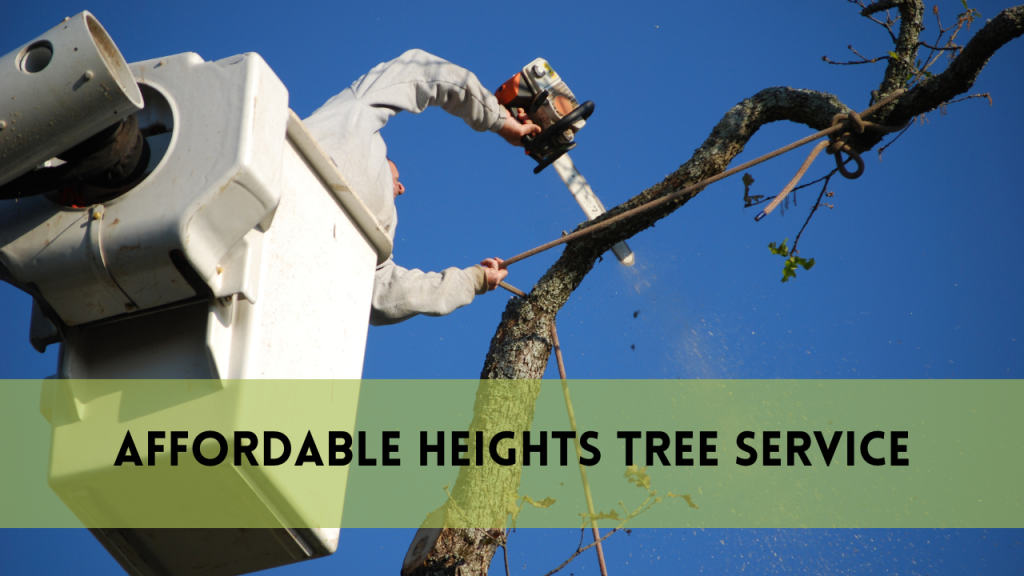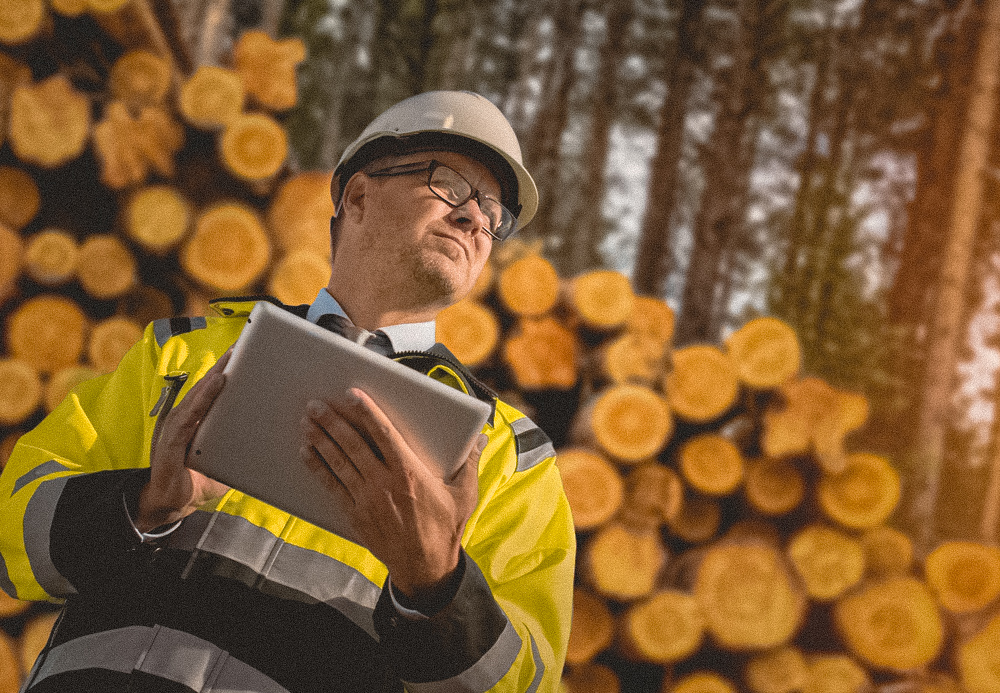Tree Replacement
Trees are critical pillars in maintaining our environment’s delicate equilibrium. Trees have enormous ecological value because of their exceptional capacity to filter the air, provide habitat for a variety of animals, and add to the beauty of landscapes. However, several causes such as urbanization, climate change, illnesses, and deforestation, cause tree loss, disturbing this balance.
Tree replacement programs have evolved as a proactive reaction to mitigating the impacts of tree loss. These projects acknowledge the critical role that trees play in sustaining healthy ecosystems and work to restore their populations via deliberate planting and preservation activities. By addressing the urgent need for tree replenishment, these programs hope to not only battle environmental deterioration but also preserve the essential advantages trees provide to society.
Need for Tree Replacement initiatives
The ongoing danger to world tree populations necessitates the need for tree replacement projects. Globally, urbanization, climate change, pests and diseases, and human actions such as deforestation all contribute to a large loss in tree populations. The consequences of declining tree populations are far-reaching, including air quality, biodiversity, and general environmental health.
Tree replacement programs are critical to combating this trend and dealing with the consequences of tree loss. These activities are centered on strategic tree planting, conservation efforts, and urban forestry projects to replenish lost trees, restore ecosystems, and minimize the negative consequences of environmental deterioration. Tree replacement projects seek to build a healthy and resilient ecosystem by understanding the vital role that trees play in delivering oxygen, sequestering carbon dioxide, and maintaining different habitats.
Immediate effort is required to secure the preservation and regeneration of tree populations, ensuring a greener, healthier future for future generations.
Factors Affecting Tree Health
Several variables influence tree health and vigor. Soil quality, which includes pH levels, nutrients, and drainage, has a substantial impact on tree development. Furthermore, enough water availability, adequate sunshine exposure, and optimal climatic conditions are critical for tree health. Pests, illnesses, and invasive species all pose risks to trees, weakening them and negatively impacting their general health. Additionally, human activities such as pollution, building damage, and inappropriate pruning procedures can all have a negative influence on tree health. Understanding and treating these issues are critical for sustaining healthy tree populations.
Signs Indicating the Need for Replacement
Identifying signs necessitating tree replacement is crucial for effective management. Visible decay, extensive dead branches, or structural instability in trees may signal declining health and a need for replacement. Stunted growth, discolored or wilted leaves, and persistent pest infestations could also indicate tree distress. Moreover, root damage, substantial trunk wounds, or irreversible structural damage might warrant tree replacement. Timely recognition of these signs allows for proactive measures to replace deteriorating trees, ensuring the sustainability and vitality of landscapes.
Tree Replacement
Tree Removal Process
The tree removal procedure includes numerous phases to guarantee safe and efficient removal while reducing potential dangers and environmental effect.
Assessment and Planning
The procedure begins with an evaluation of the tree’s condition, size, position, and surrounding environment. Arborists or tree removal specialists assess possible hazards, examine impediments, and devise the safest removal technique.
Obtaining Required Permits
Depending on local restrictions, getting licenses or approvals for tree removal may be required. Before beginning with the removal, all legal conditions must be met.
Preparation and equipment setup
The removal crew prepares the area by eliminating barriers and providing safe access. They set up safety equipment like as ropes, harnesses, and rigging and bring in specialist gear such as chainsaws and wood chippers.
Tree Felling or Sectional Removal
The technique of removal is determined by the tree’s size, position, and nearby structures. Complete falling may be feasible for smaller trees, although bigger trees in tight locations may need sectional disassembly.
Cutting and Lowering
Professional tree cutters carefully remove branches and portions of the tree. They may employ ropes and rigging techniques to safely drop branches or portions to the ground.
Stump Removal or Grinding
Once the tree has been removed, the stump may be removed or ground to prevent regrowth and allow room for future landscaping.
Clean-up and disposal
The cleanup crew cleans the scene by removing dirt, branches, and wood remnants. Wood chips and useable wood can be recovered for mulch or other uses, while the rest is disposed of properly.
Environmental Considerations
Care is made throughout the process to reduce environmental effect. Professionals adhere to strict rules to safeguard neighboring plants, structures, and wildlife habitats.
Safety precautions
Safety is of the utmost importance during tree removal. To avoid accidents and injuries, certified professionals use personal protective equipment (PPE) and adhere to industry safety regulations.
Environmental Impact
Trees act as natural air filters, absorbing harmful pollutants like carbon dioxide, nitrogen oxides, and sulfur dioxide, thus improving air quality.
Trees mitigate climate change by sequestering carbon dioxide and releasing oxygen through photosynthesis, aiding in reducing the greenhouse gas effect.
Trees provide habitats for various wildlife species, fostering biodiversity and contributing to ecosystem stability.
Tree roots stabilize soil, reducing erosion and preventing soil degradation.
Trees offer shade, reducing urban heat island effects and regulating temperatures in their vicinity.
Benefits of Tree Replacement
Replacement trees continue to provide the same environmental advantages as mature trees, preserving air purification and regulating climate.
Replacing destroyed trees aids in the restoration of damaged ecosystems, the promotion of biodiversity, and the protection of wildlife habitats.
A proactive strategy to tree replacement assures the long-term provision of ecosystem services and contributes in environmental degradation mitigation.
Tree replacement helps to create aesthetically beautiful landscapes while also fostering mental well-being and improving quality of life in cities and suburbs.
Cost Analysis
Expenses paid for professional tree removal services, which vary depending on the size, location, and complexity of the removal operation.
Purchase of seedlings or mature trees from nurseries or wholesalers.
Expenses for soil testing, clearing, and any other necessary preparation before planting new trees.
Costs associated with the actual planting procedure, such as personnel, equipment, and supplies necessary for good tree installation.
Budget for watering systems, mulching, trimming, and continuous maintenance to guarantee the proper establishment and growth of freshly planted trees.
Hiring trained arborists or specialists to provide assistance and supervision during the tree replacement procedure.
Consideration of continuing care costs, such as pruning, fertilizing, and pest management, to guarantee the health and lifespan of replanted trees.
FAQS
How often should tree replacement be considered?
Tree replacement frequency varies depending on factors such as tree health, lifetime, and environmental conditions, but it’s generally recommended to examine trees on a regular basis and replace as needed.
What are the optimum times to replace trees?
Fall and spring are ideal times for tree replacement because they provide optimum conditions for root development and tree acclimation.
How long does it take for a newly planted tree to establish itself?
It might take many years for a freshly planted tree to build its root system and fully adjust to its surroundings.
What are the primary elements impacting effective tree replacement?
Proper site selection, right tree species, proper planting procedures, and adequate post-planting maintenance all have a substantial influence on the success of tree replacement.
Are there any subsidies or support available for tree replacement projects?
Various government and non-governmental groups provide funds and assistance for tree planting and replacement efforts. Investigate local programs for accessible aid.
Conclusion
Tree replacement is an important undertaking to combat the loss of trees in our environment owing to a variety of circumstances. Recognizing the critical role that trees play in sustaining ecosystems and benefiting civilization necessitates aggressive tree replacement projects. Tree restoration not only replaces lost greenery but also protects biodiversity, improves air quality, and improves the general well-being of our communities via careful planning, species selection, proper planting procedures, and continuing maintenance.



